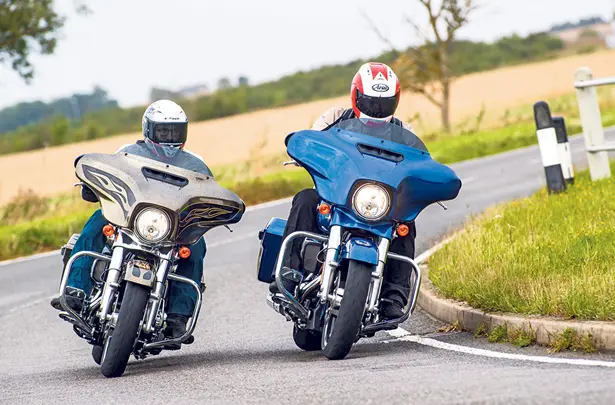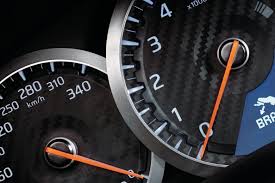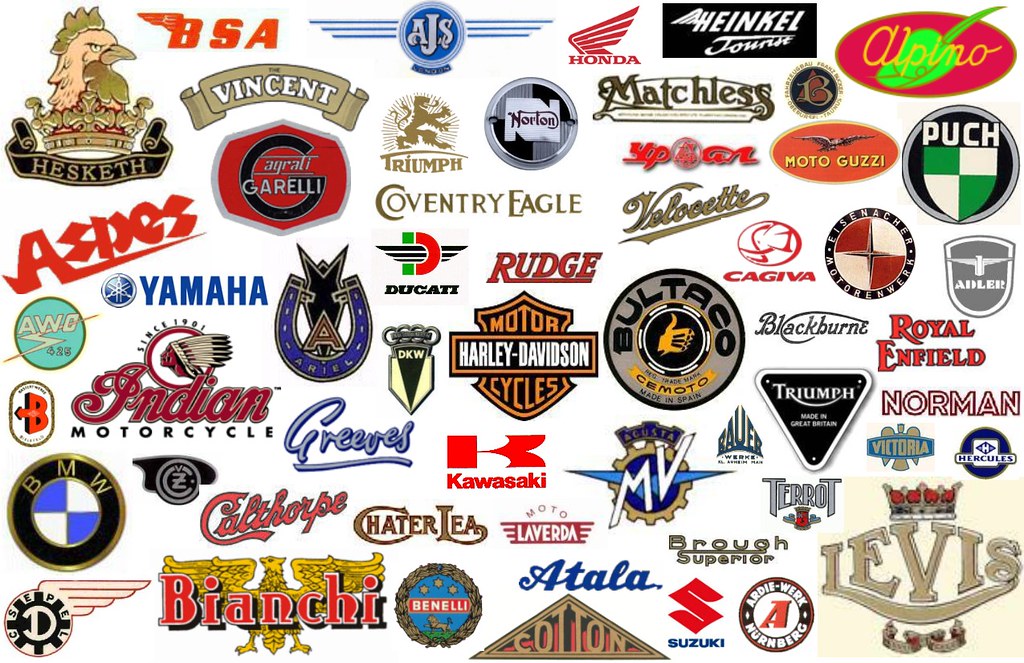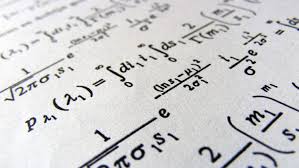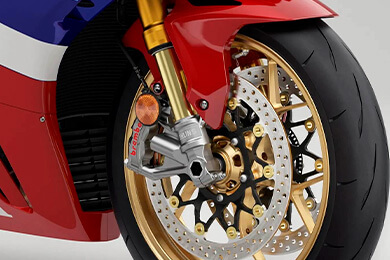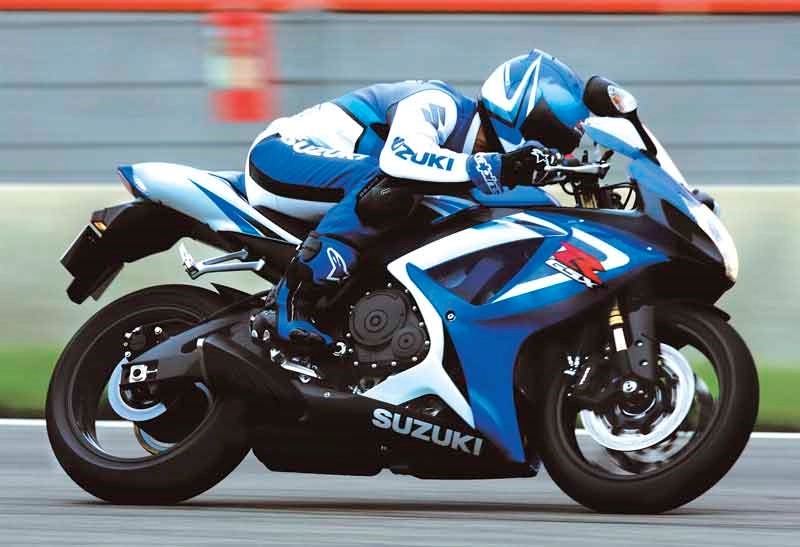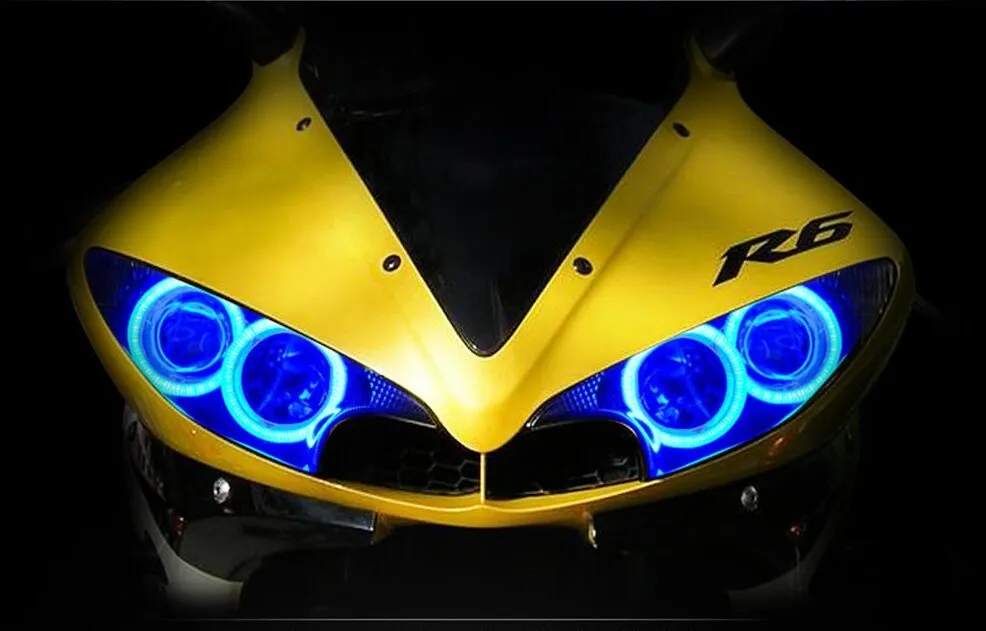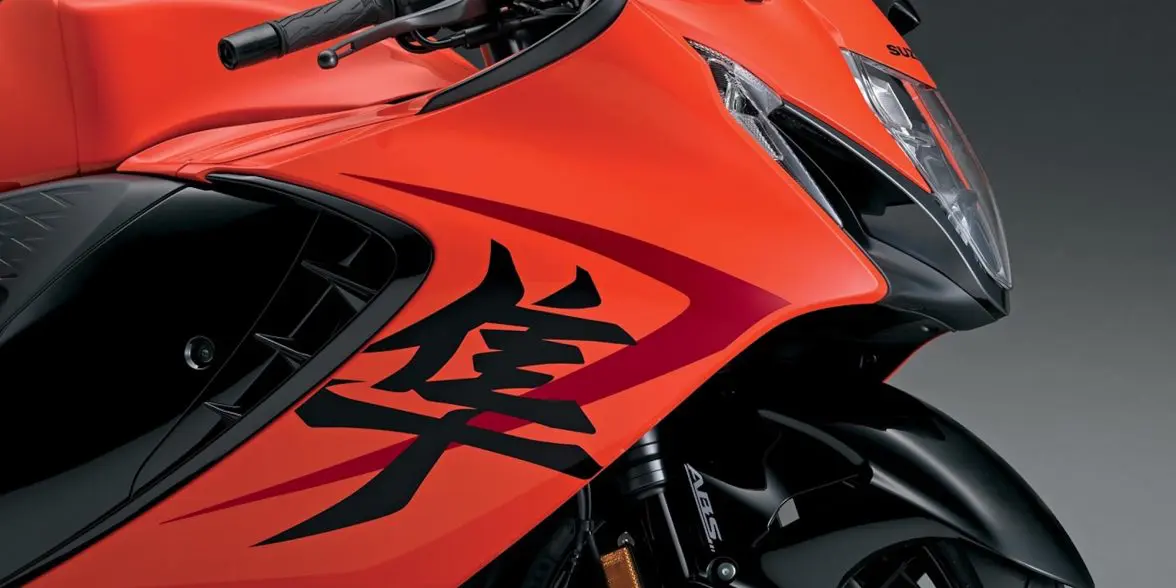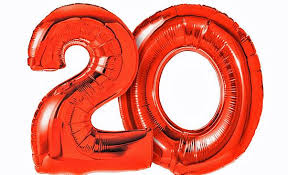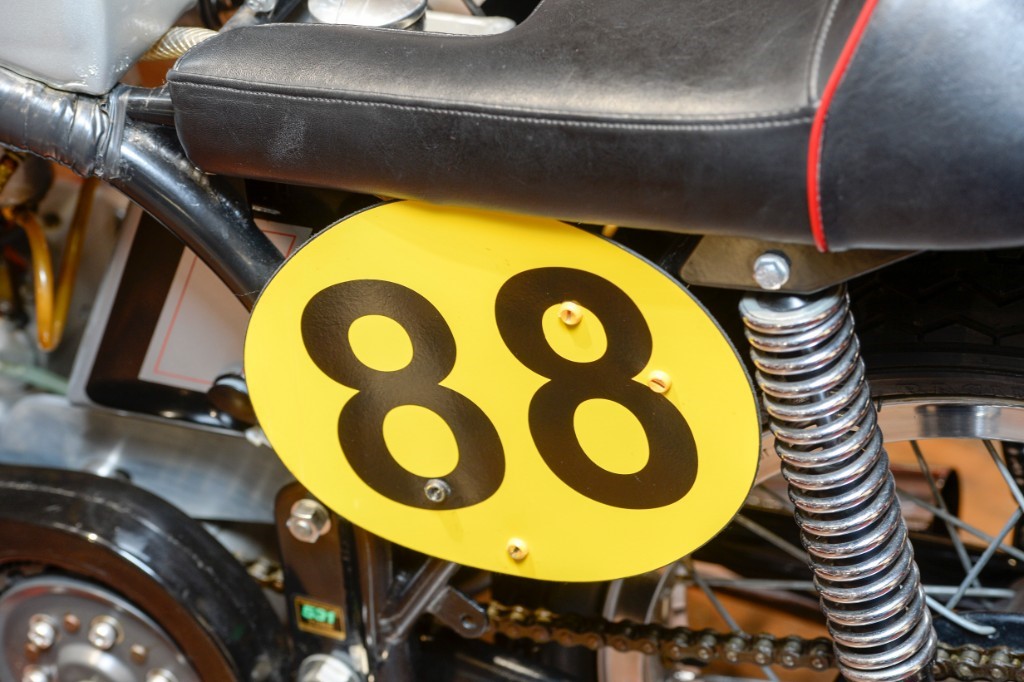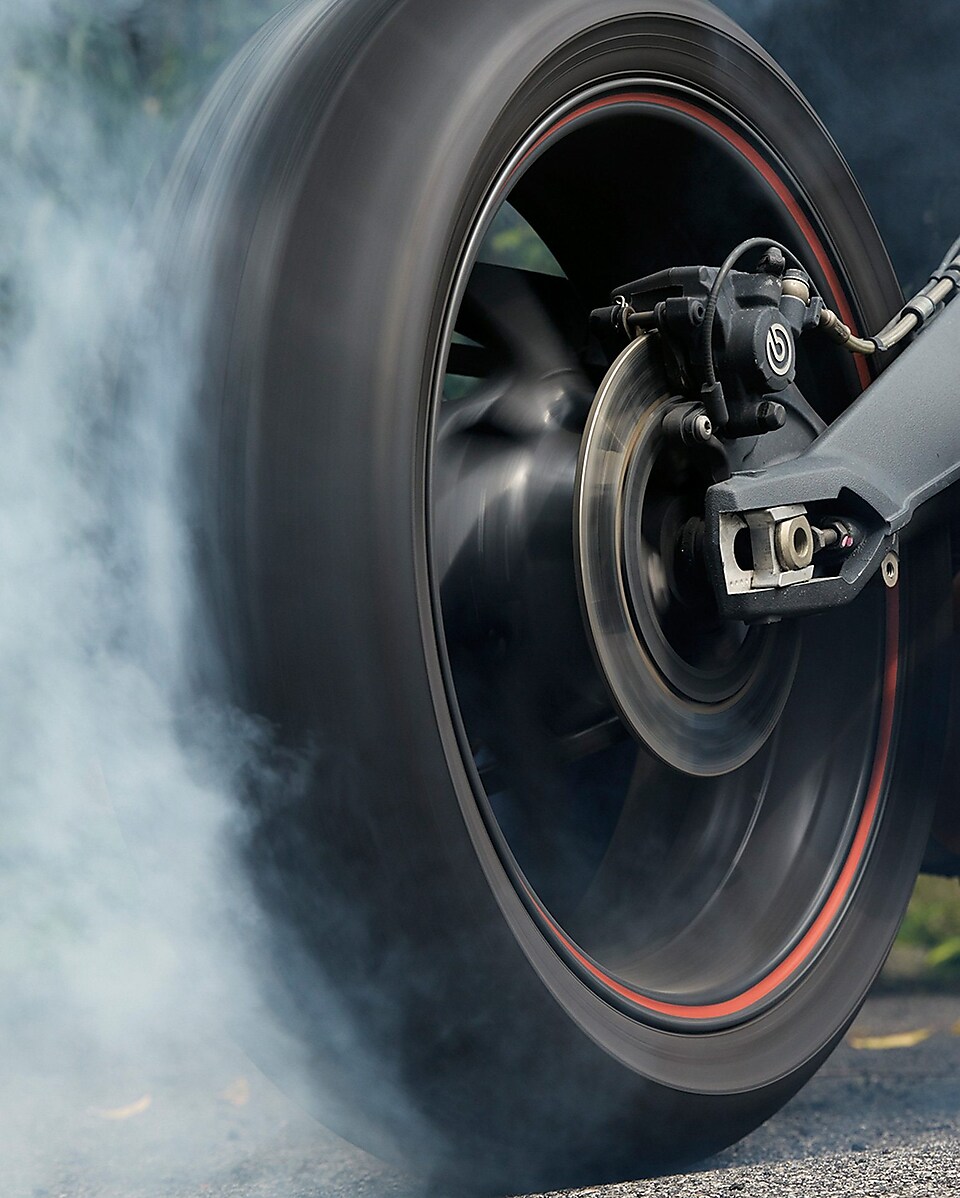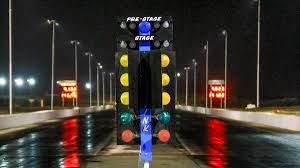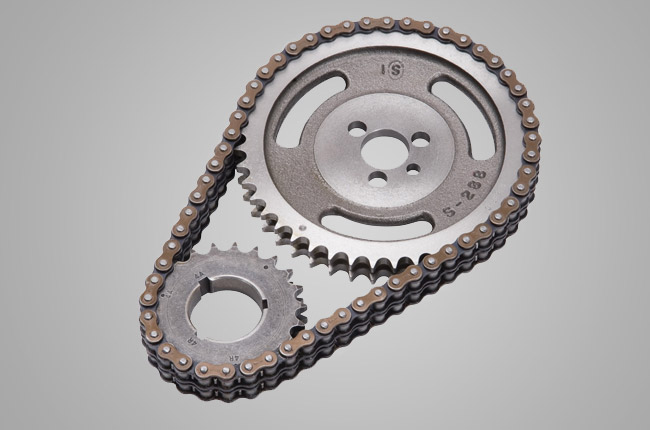


This edition of the Honda CRM 250 R MKIII is the 6 speed / Manual version and was first brought out in 1994. This was at around the same time as the introduction of the 1995 Suzuki RGV 250 V-Twin and the 1994 Suzuki RGV 250 V-Twin.This particular Honda CRM 250 has a 249cc Liquid cooled, Four stroke, V-Twin Petrol powerplant with 1 cylinders and Carburettor.
![Kawasaki KLX 230 Single Cylinder - [2020] image Kawasaki KLX 230 Single Cylinder - [2020] image](/editionimages/b/default.jpg)
An alternative V-Twin engine, Off-Road style motorbike includes the Kawasaki KLX 230 Single Cylinder - [2020]
The 1994 CRM 250 shares its V-Twin engine and Off-Road style configuration with the likes of the 2020 Kawasaki KLX 230 Single Cylinder and the 2020 Kawasaki KLX 250 Single Cylinder. Alternatively, if you're looking for other bikes which share the CRM 250's Off-Road style with a similar size of engine then how about the 2020 Kawasaki KLX 250 Single Cylinder | 2020cc.2020 Kawasaki KLX 250 Camo | 2020cc.
Weighing in at 0 kgs (0 lbs) this makes the Honda CRM 250 R MKIII in the same weight category as the 2025 Yamaha Tracer 9 GT+ or the 2025 Yamaha Tracer 9 GT, give or take 50kg.
In terms of power the 249cc 1 valve V-Twin 1 cylinder engine produces 40 bhp (29 kW) @ 8000 rpm similar to the 2025 Honda X-ADV 745 [57.8 bhp (43 kW) @ 6750 rpm] or the 2025 Yamaha WR 250 F [36.1 bhp (26 kW) @ 12000 rpm].
The N/A Four stroke unit throws out torque of 26.7 lb-ft (36.2 Nm) @ 6500 rpm placing it alongside motorbikes of similar performance figures such as the 2025 Suzuki SV 650 ABS [47.2 lb-ft (63.9 Nm) @ 8100 rpm] and the 2025 Yamaha MT-07 Twin Cylinder [50.0 lb-ft (67.7 Nm) @ 6500 rpm].
If one combines the weight with power or torque performance for the Honda CRM 250 you can get a better idea of it's real world performance.
The 1994 Honda CRM 250 R MKIII has a Power to weight ratio of 296.2 bhp per ton and 198.3 lb-ft per ton. Bhp Per Ton figures of the 1994 CRM 250 competing with the 1984 Yamaha FZ 400 N [320.6 bhp\ton] and the 1989 Suzuki GSF 400 DOHC [320.6 bhp\ton].
If you agree with the late great Carroll Shelby, then arguably an even better indicator of potential performance is Torque. Factor weight into the equation and you end up with - Torque per ton, with the Honda CRM 250 generating around 198.3 lb-ft per ton. If you're curious as to what other motorbikes have as much torque to weight then look no further than the 1976 Kawasaki Z 1000 A1 [223.0 lb-ft per ton] and the 1977 Kawasaki Z 1000 A1 [223.0 lb-ft per ton].
With a 0-60mph time of 12.5 secs or a 0-100km/h (0-62mph) of 12.8 secs, this makes the Honda CRM 250 R MKIII similar in acceleration to the 2021 Kawasaki Ninja 400 ABS (12.5 secs) and the 2019 Kawasaki Ninja 400 ABS (12.5 secs). This Honda CRM 250 R MKIII also competes in terms of 0-60 mph and 0-100km/h with the 2018 Honda CB 250 R Neo Sports Cafe (0.0 secs) and the 2020 Norton Superlight SS (0.4 secs).
![Suzuki GSX 150 F - [2014] image Suzuki GSX 150 F - [2014] image](/editionimages/b/default.jpg)
Quarter Mile time is a close race between the 1994 Honda CRM 250 R MKIII and the 2014 Suzuki GSX 150 F
When talking about the performance of the 1994 Honda CRM 250 R MKIII on the drag strip it can reach a quarter mile in an estimated 0 secs @ 0 mph. Bikes with a similar performance down the quarter mile can be found in the 2014 Suzuki GSX 150 F (0 secs) and the 2021 Kawasaki VN 650 Vulcan S Cafe (0 secs).
The 1994 version of the Honda CRM 250 R MKIII has a maximum speed of 75mph.
If maxing out your bike on the AutoBahn is your thing and you're wondering what's faster at the top end than the 1994 Honda CRM 250 R MKIII then how about a 2021 Yamaha YZF-R15 V3 ABS (86 mph) and the 2020 Yamaha YZF-R15 V3 ABS (86 mph).





